Chemical Peels
Chemical peels promote skin renewal by removing dead skin cells, stimulating the production of collagen, and revealing a more youthful and vibrant complexion. This can effectively address issues like fine lines, wrinkles, and uneven skin tone.
Chemical Peel Examples
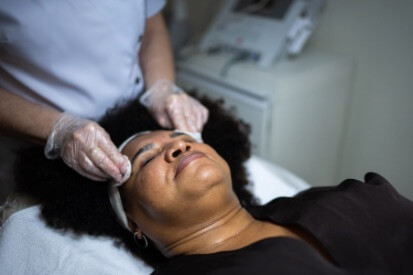
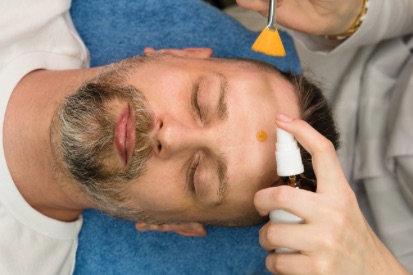
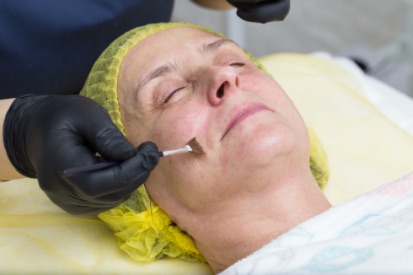
Benefits of Chemical Peels
- Promote skin renewal by removing dead skin cells and stimulate the production of collagen.
- Can be a valuable tool in the treatment of acne and help prevent future breakouts.
- Regular treatments can minimize the appearance of scars and reduce hyperpigmentation.
- Removing the outer layer of dead skin cells during this treatment allows skincare products to penetrate more effectively, maximizing the benefits of serums, moisturizers, and other products in your routine.
Side Effects from Chemical Peels
- Skin may appear red or flushed after the procedure, lasting for a few days to a week depending on the depth of the peel.
- Mild to moderate peeling or flaking of the skin is typical, especially with medium or deep peels, as the outer layers of skin shed.
- Skin might feel dry or tight following the peel, which usually resolves with proper moisturization.
- Some swelling, particularly in the treated area.
- Skin becomes more sensitive to the sun, so it's crucial to use sunscreen as recommended.
What to Expect During Your Chemical Peel
The entire procedure usually lasts around 15 minutes for superficial peels and 30-60 minutes for deeper peels, depending on the depth of the peel. Our skin care team will provide specific post-peel care instructions to ensure optimal healing and results.
Maintenance Recommendations for Chemical Peels
- Follow Post-Peel Care Instructions: Adhere to the specific aftercare guidelines provided by your dermatologist or skincare professional. This often includes gentle cleansing, moisturizing, and sun protection to aid in healing and prevent complications.
- Avoid Sun Exposure: Shield treated skin from direct sun exposure and ultraviolet (UV) rays. Use broad-spectrum sunscreen with SPF 30 or higher daily, and wear protective clothing, hats, and sunglasses when outdoors.
- Moisturize Regularly: Keep the skin adequately moisturized to maintain hydration and support the healing process. Use gentle, non-irritating moisturizers recommended by your dermatologist.
Maintenance Schedule for Chemical Peels
- The number of sessions needed depends on the specific skin concerns and the type of peel used.
- Some individuals may see noticeable improvements after just one session, while others may require a series of treatments for optimal results.
FAQs for Chemical Peels
Chemical peels are suitable for various skin types and concerns. Ideal candidates have concerns like acne, uneven pigmentation, or fine lines and wrinkles.
Yes, chemical peels can be combined with other cosmetic treatments like laser therapy or injectables for a more comprehensive and customized approach to skincare.
Follow post-care instructions provided by your skincare professional. Typically, this includes gentle cleansing, moisturizing, and sun protection to optimize and maintain your results.
Chemical peels can effectively target a range of skin concerns, including fine lines, wrinkles, acne scars, uneven skin tone, and sun damage. The type and strength of the peel will be tailored to address your specific skin goals.
The level of discomfort during a chemical peel can vary depending on the type and strength of the peel. Many people experience a tingling or warm sensation. Recovery time also varies; lighter peels may have minimal downtime, while deeper peels may involve a few days of redness and peeling. Your practitioner will discuss what to expect based on the specific peel you choose.
Chemical peels can effectively target a range of skin concerns, including fine lines, wrinkles, acne scars, uneven skin tone, and sun damage. The type and strength of the peel will be tailored to address your specific skin goals.
From our QualDerm Family of Brands: Get Glowing Skin
How Cumberland Skin Can Help
Talk to your Cumberland Skin provider to learn what’s best for your skin and how we can develop a custom treatment plan for your healthy skin goals.
Featured Products
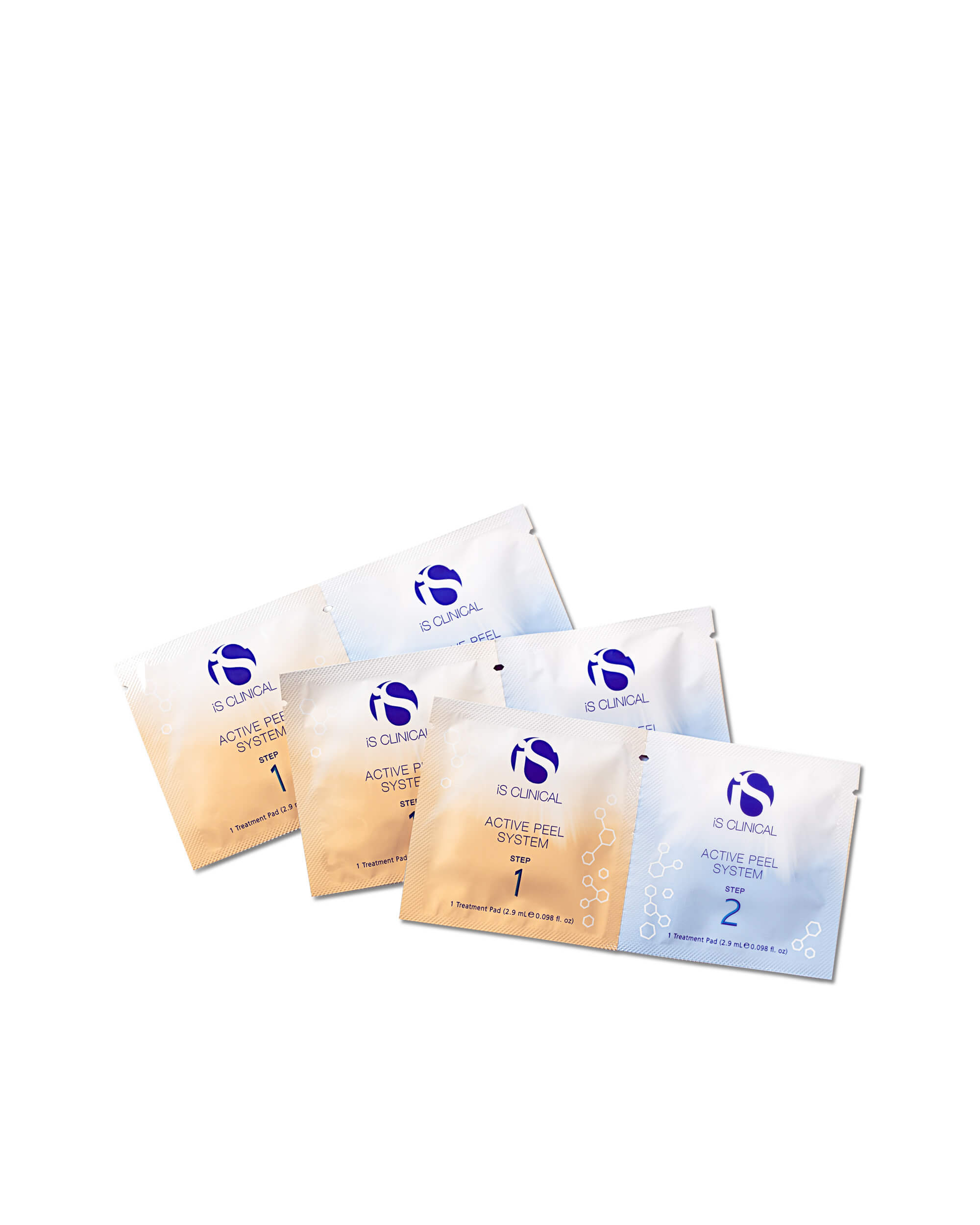
iS Clinical Active Peel System
The clinically advanced Active Peel System is a powerful yet gentle, fast-acting, two-step treatment designed to resurface and polish the skin while providing hydration, rejuvenation, and antioxidant protection.
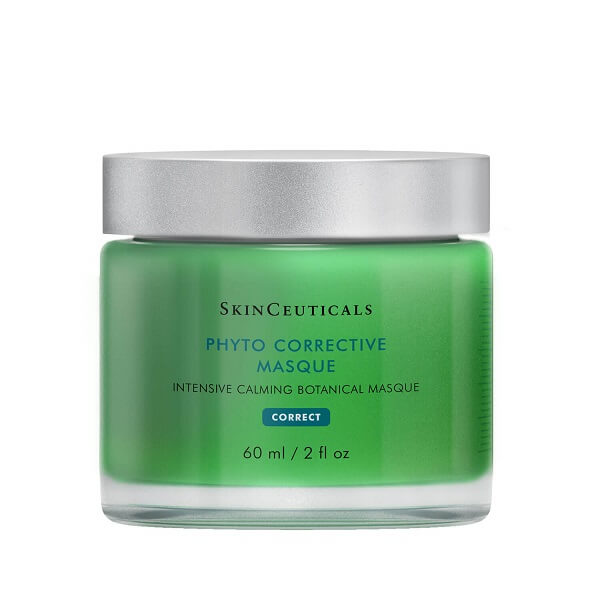
SkinCeuticals Phyto Corrective Masque
Phyto Corrective Masque contains highly-concentrated botanical extracts, a calming dipeptide, and hyaluronic acid to intensively soothe and replenish temporary skin reactivity. This intensive calming facial mask cools on contact and comforts skin sensitivity. 2 fl oz / 60mL
Related Blog Posts

- Cosmetic Treatments
At Cumberland Skin, our dermaplaning treatment boasts many benefits for the skin and is often more affordable than other types of cosmetic treatments. To learn more about what dermaplaning is and how it can improve your skin, keep reading.
Read More
- Skin Care
- Botox
- Injectables or Fillers
- Cosmetic Treatments
Discover effective alternatives to Botox for treating wrinkles and fine lines. Explore innovative non-invasive options that can help you achieve youthful, radiant skin without injections, empowering you to make informed choices about your skincare routine.
Read More
- Skin Care
- Cosmetic Treatments
Unlock the secrets to achieving radiant, glowing skin. Explore expert tips and skincare routines tailored to nourish and revitalize your complexion, empowering you to embrace a luminous and youthful appearance.
Read More

